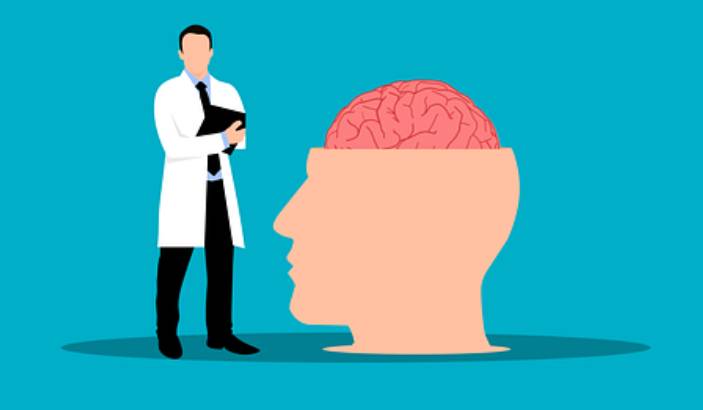“Locked-in Syndrome” (LiS) is a serious and rare neurological condition that is present whenever a section of the brain stem is damaged due to a stroke or other severe trauma. Those who experience LiS have complete paralysis but still possess their normal cognitive functions. People who have LiS can usually only communicate through eye movements, but they require ongoing care and help with all their daily activities. If your loved one has sustained trauma that resulted in Locked-in Syndrome, working with a brain injury lawyer may help you fight for their rights and for the compensation they deserve.
Understanding Locked-in Syndrome
People who experience LiS are often initially in a coma immediately after the trauma occurs. With time, they gradually regain consciousness but are then unable to utter a word or make a facial expression. They are also unable to chew or swallow food and cannot move any part of their bodies other than their eyes. What they can do is move their eyes up and down and blink. They also conserve their hearing, are able to think and reason, and have regular sleep-wake cycles. If someone reads aloud to them, they are able to comprehend the words that are being spoken.
Are there different types of LiS?
LiS presents itself in three different forms. These are:
Classical LiS
In this form of Locked-in Syndrome, the victim has all capabilities described above.
Incomplete LiS
In this type, the victim may have maintained some sensation and movements in certain areas of the body while presenting the rest of the symptoms of the classical form.
Total Immobility LiS
Being the most severe form of LiS, the patient with total immobility has absolute body paralysis, losing even the possibility to communicate through eye movements. A medical professional can determine that the patient can think and reason through an electroencephalogram, a test that is used to measure brain waves.
Do patients who have LiS feel pain?
Patients with LiS may or may not be able to feel physical pain. This depends on the type of LiS they have. Those who have total paralysis of their body will be unable to feel pain, while those who have incomplete LiS may be able to experience pain and other sensations in certain areas of their body.
What causes LiS?
Locked-in Syndrome happens when a specific part of the brainstem called the pons is damaged. The pons is identified as a horseshoe-shaped mass of nerve fibers that connects the lowest portion of the stem with the cerebellum. The cerebellum plays an important role in almost all physical movement.
Within the pons, there are major neuronal pathways that connect the brain, the spinal cord, and the cerebellum. When the pons is damaged, the communications among all the nerves that run from the brain through the spinal cord to the rest of the body is interrupted, resulting in paralysis.
Nerves that allow people to control their facial movements, speak, chew, or swallow are also impacted when the pons are damaged.
There are different situations and conditions that may result in damage to the pons, resulting in Locked-in Syndrome. When a patient experiences a hemorrhagic or ischemic stroke, a blood vessel within the brain develops a clot, the blood supply to the brain is cut off, and a stroke happens. Bleeding in the brain follows.
Other causes of LiS include:
- Infections of the brain
- Tumors on the brainstem or pons
- Demyelination, which is the loss of the protective insulation (myelin) that surrounds nerve cells.
- Conditions like amyotrophic lateral sclerosis (ALS) and Guillain-Barre syndrome.
- Substance abuse.
- Trauma to the pons.
How can LiS be treated?
There is no treatment or cure for this condition. The best course of action is to prevent any further complications whenever possible. Mostly, patients with LiS need supportive therapy and communication training.
Supportive Therapy
Patients need therapy to learn how to breathe and be fed after LiS first happens. They may need artificial aid to be able to breathe and may require a breathing tube. As far as feeding, they will have a tube inserted in their stomach to receive water and food.
Communication Training
With the aid of a speech therapist, patients can learn to communicate more clearly through their eye movements. Some patients may benefit from computer voice prosthetics and other electronic devices.








